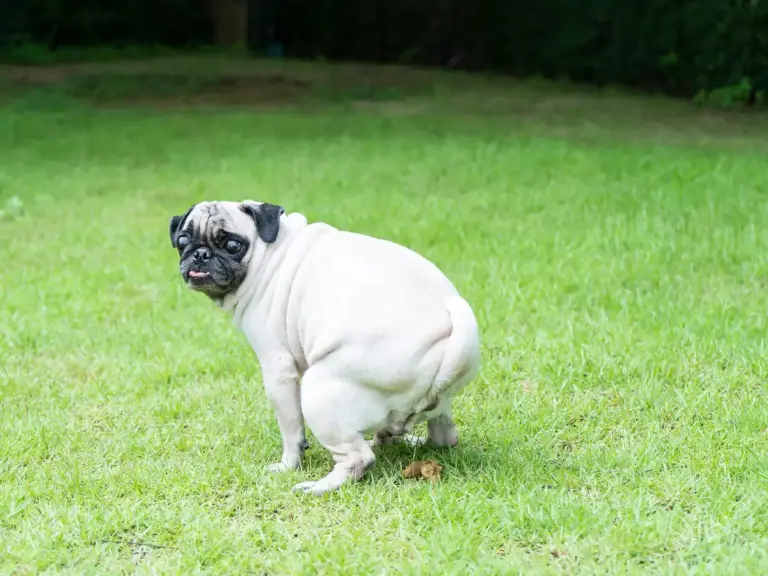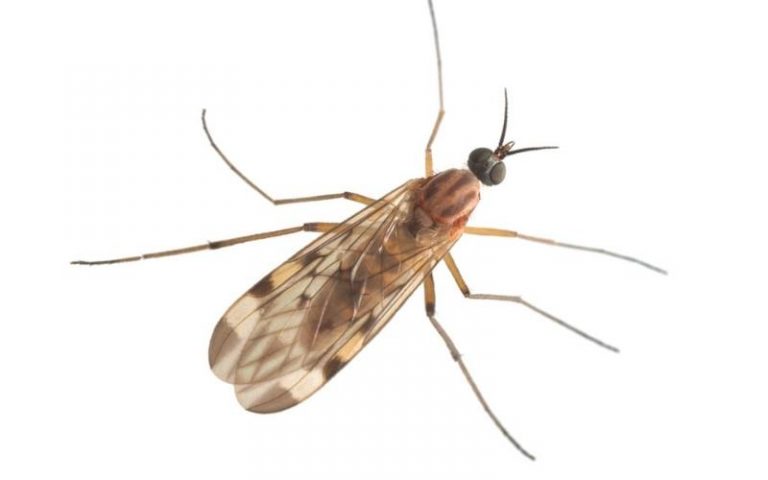Ways to Get Rid of Black Mushrooms in the Yard
A green, beautifully flowered yard is a sightly view every homeowner desires. Sometimes, especially after the rains or watering your yard, you see black mushrooms growing, creating an unsightly look. You feel the mushrooms might be dangerous to your kids, pets and you want to get rid of them.
Although black mold in the yard is not poisonous, you can get rid of them by plucking them. Providing good drainage, removing dead organic material, and increasing sunlight supply to your yard to decrease the rate of fungal activities. You can also apply nitrogenous fertilizer to fasten the decomposition process and prevent black mold growth.
But, what could have made the black mushrooms grow in your yard?
Causes of black mushrooms in lawn
Mushrooms in your yard show there are fungi in the soil. Mushrooms are the reproductive organs of fungi, and they have microscopic pores on the gills under their cap. Fungi decompose dead organic matter in the soil by breaking them down, releasing nutrients to the soil.
Conditions such as moist, dumpy places favor the growth of black mushrooms in your yard. Here are optimal conditions that encourage the growth of black mushrooms in the yard.
1. Excess soil moisture
During the rainy seasons, there’s excess water supply to the soil. Excess moisture in the soil activates the fungi, and they start breaking down organic matter in the soil. As a sign of active fungi in the soil, they grow their reproductive fruit organs, which elongates and is seen as black mushrooms above the soil.
Fungi spread to other areas in the yard through the microscopic pores found on their gills. They are carried by wind and can sometimes generate their wind to be carried away to other areas.
Over time, under favorable conditions such as dark, damp places, the fungi will again grow into black mushrooms, continuing the cycle.
2. Dark-dampy conditions
Fungi decompose dead organic matter in the soil faster when in dark-damp places compared to normal light supply and water conditions. When these fungi are working actively in the soil under such conditions, they reproduce mushrooms, their reproductive organs.
After the reproduction of mushrooms, through their microscopic pores, the wind carries these fungi and deposits them to other places in the yard. That’s why you can wake up to a yard full of mushrooms despite never spotting them the previous day.
3. Presence of dead organic matter in the soil
Fungi break down dead decaying organic matter in the soil such as animal wastes, dead leaves, decaying tree roots and trunks, grass clipping, and lawn thatch.
When they break down these organic wastes, they release nutrients to the soil. As much as organic waste deposits are in your yard, fungi will continue feeding on them and producing mushrooms as their reproductive fruits.
4. Poorly drained soils
Poorly drained soils create a conducive dumpy environment stimulating fungal activities. Initially, these fungi are dormant while in dry soils. They continue to break down dead decaying organic matter and produce their reproductive organs, seen as mushrooms above the soil.
Fungi in the soil cannot be seen, but once you see mushrooms sprout out in your yard, you know they are present in the soil.
How to get rid of black mushrooms in the yard
Though having black mushrooms in your yard isn’t something to worry about, you may find their presence giving an unsightly look to your yard and would want to get rid of them to have your sightful yard back.
Below are ways to use to get rid of black mushrooms in your yard:
1. Plucking or cutting them away
If the mushrooms don’t cover a large section of the yard, plucking them is the easiest way to get rid of them.
Put on a pair of protective gloves and pluck them by uprooting from below the stem and not the cap. After plucking, place them in a polythene bag and tightly tie the bag and dispose of them.
Tieing the polythene bag helps prevent the fungi from spreading to other areas through the microscopic pores on their gills.
2. Reduce water supply to the soil
Create a dry soil environment to deactivate fungal activities by reducing water supply to the soil. When fungi are dormant, they won’t produce more mushrooms.
During the rainy seasons, stop irrigating your lawn and use the free rainwater.
Another tip to reduce overwatering is by using the 1-2-3-2-1 watering technique. This technique allows you to deeply water the soil while still allowing it to dry without remaining on the surface. It also maintains beneficial microorganism activities in the soil.
Also, water your yard early in the morning during hot sunny days and let it dry up during the day.
3. Allow more sunlight penetration
Fungi increase their decomposition activities under dark, dumpy conditions. These activities produce mushrooms, creating a bad sight on your yard if you care about looks.
To reduce mushrooms production, increase sunlight supply to your yard to decrease the rate of fungal activities. Cut long branches of trees in the yard to allow more light to penetrate and reach the ground.
If more light reaches all the ground areas, fungi become dormant and wouldn’t produce more mushrooms.
4. Remove dead organic wastes
Fungi are generally known as decomposers because they act on dead decaying organic matter in the soil by breaking them down to release nutrients to the soil. Without these dead decaying organic matter, they become dormant.
Dormancy of fungi means they cannot exhibit themselves above the soil in the form of mushrooms. So if there are dead leaves, animal wastes, broken tree trunks, or roots, remove them by raking them or burn them away from the yard in a pit.
Always remove the remaining grasses after mowing. If the grasses are tough and thick and raking isn’t that helpful, use the dethaching method.
5. Use an aerator to improve soil drainage
Poor drainage in soils creates a dumpy condition encouraging fungal activities which grow mushrooms. Using an aerator corrects the soil’s drainage to discourage fungal activities, which sometimes can cause fungal diseases.
A lawn aerator improves soil permeability, allowing water to flow deep into the soil without clogging or creating a dumpy environment conducive to fungal activities.
6. Spray a fungicide to the yard
Spraying commercial fungicides to kill mushrooms should be your last option. Fungicides are dangerous to you, your kids, and pets when you mishandle them, and can affect the health of your soil by disrupting its PH.
Fungicides control mushrooms by killing the fungus in the soil, slowing their growth rate, or preventing the reproduction of more fungus through their microscopic pores.
If mushrooms have infested your yard and all the other options to remove them aren’t working, seek help from a professional on the best method to use fungicides without endangering the lives of other plants in your yard.
7. Apply nitrogenous fertilizers
Nitrogenous fertilizers increase the decomposition rate of organic wastes in the soil, which fungi feed on to produce mushrooms. When these fertilizers decompose organic wastes faster, they tend to reduce the life span of the fungi in the soil by making scarce organic food for fungi. Note that this method takes time to remove all of the mushrooms in the yard completely.
Are black mushrooms poisonous?
Black mushrooms in your yard aren’t poisonous to your other plants. If you find them, in most cases, it shows healthy living soil. Mushrooms are reproduction organs of fungus in the soil; fungi help in decomposition by breaking down organic matter found in the soil to release nutrients.
You shouldn’t get worried when you find mushrooms in your yard, and if not for the unsightly appearance, leave them alone. Mushrooms will naturally disappear from your yard when the conditions favoring fungal activities become hostile.
References
- Emma Erler, landscape and greenhouse specialist,University of New Hampshire: Why are there so many mushrooms coming up in my yard and garden,and what can I do about them?
- Richard Jauron, Extension Horticulturist, and Greg Wallace, organizational Advancement, IOWA State University: Yard and Garden: Properly Aerating Lawns.


